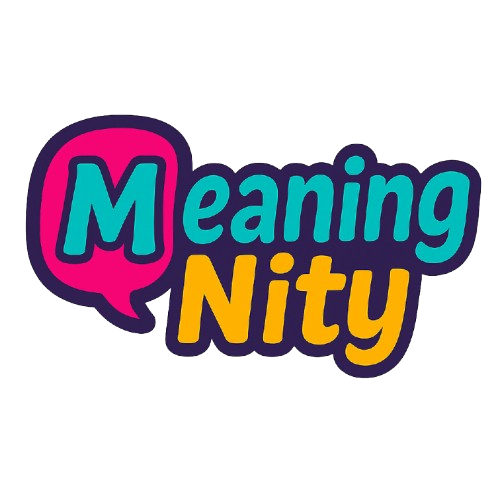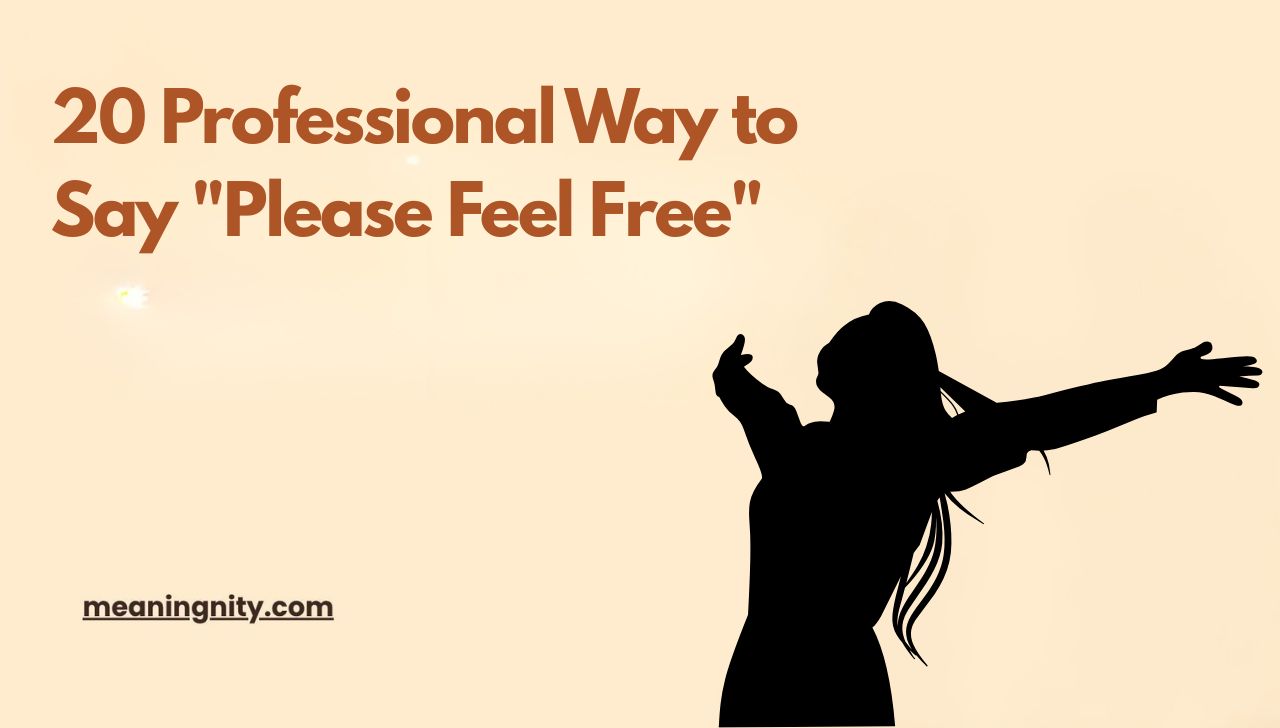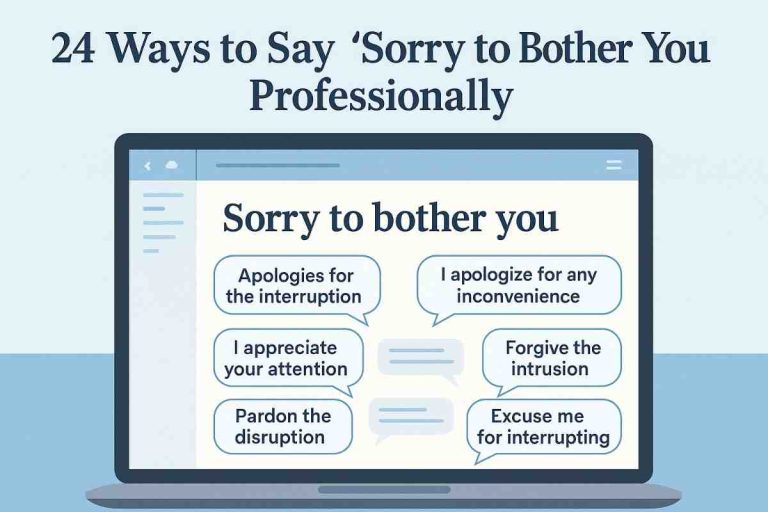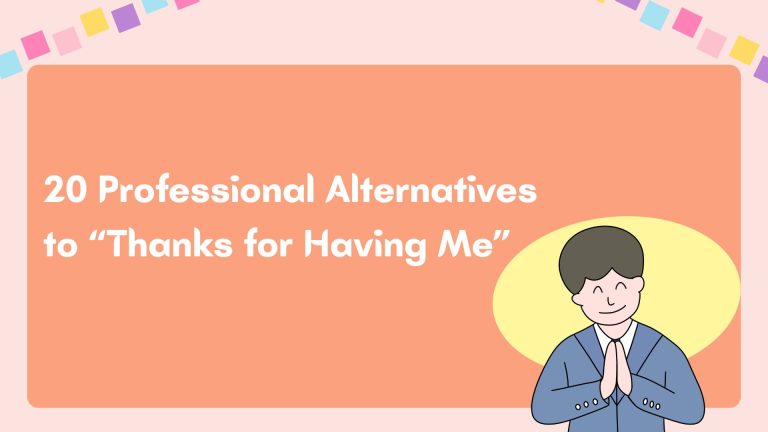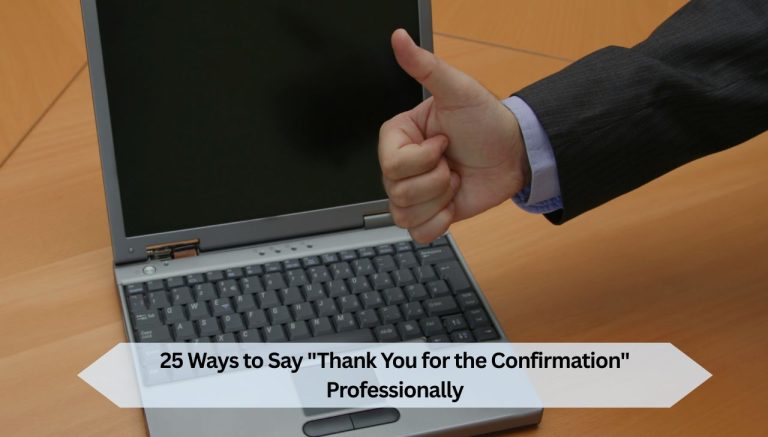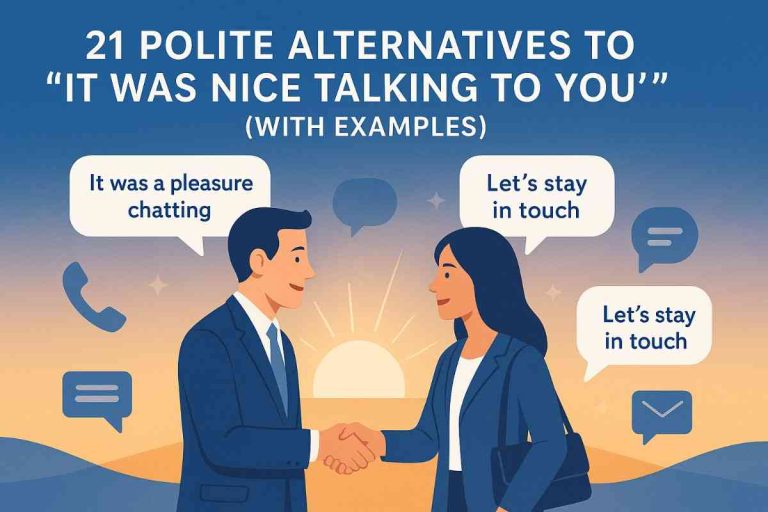20 Professional Way to Say “Please Feel Free”
In professional communication, clarity and respect are key. One phrase that’s often overused is “please feel free.” While it may seem polite, it can come across as vague or unnecessary. In this post, we’ll look at what “please feel free” means, when to use it, and 20 professional alternatives that might sound more polished and impactful.
What Does “Please Feel Free” Mean?
The phrase “please feel free” is often used to give someone permission. It’s a polite way to tell someone they can do something without hesitation. For example, “Please feel free to reach out if you have any questions,” invites someone to contact you.
The problem is, it can sound overused or too soft. In business settings, being direct and clear is often more effective.
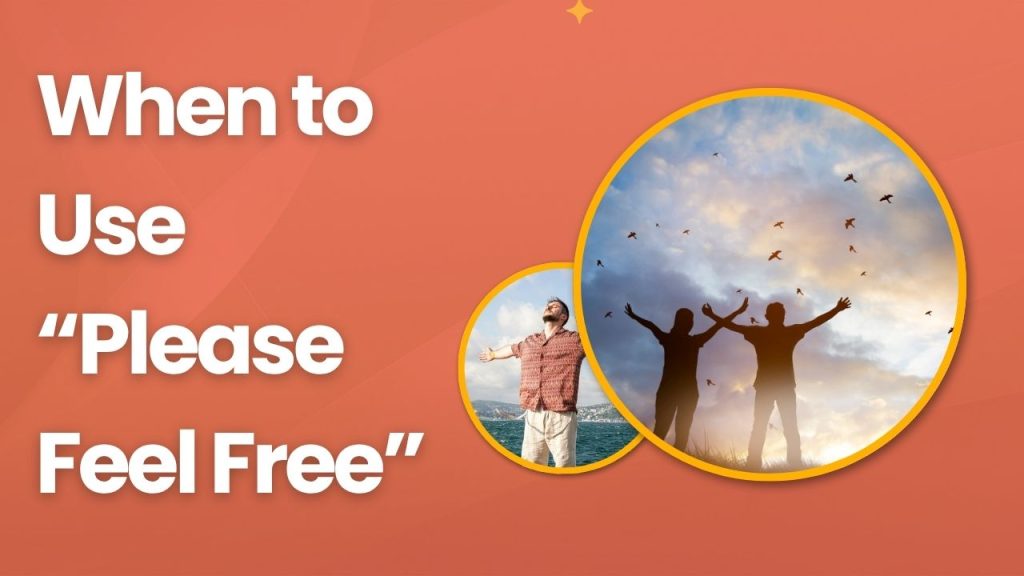
When to Use “Please Feel Free”
“Please feel free” still has its place in casual emails or situations where you want to offer someone permission or make them feel comfortable asking questions. But in more formal or business contexts, it’s often better to use alternatives that are clearer and more professional.
For example, “Please feel free to contact me if you need anything” is polite but could be better phrased as “If you have any questions, don’t hesitate to reach out.” The latter sounds more confident and less passive.
Explore This Topic: 24 Ways to Say “Sorry to Bother You” Professionally
20 Professional Way to Say “Please Feel Free”
If you’re looking for a more professional way to say something similar, here are 20 alternatives that are polite, clear, and effective.
1. Don’t hesitate to
Meaning: A firm but polite way of encouraging someone to act.
Example: “Don’t hesitate to contact me if you have any questions.”
Best Use: Offering assistance or starting a conversation.
Worst Use: In casual or informal settings.
Tone: Professional and direct.
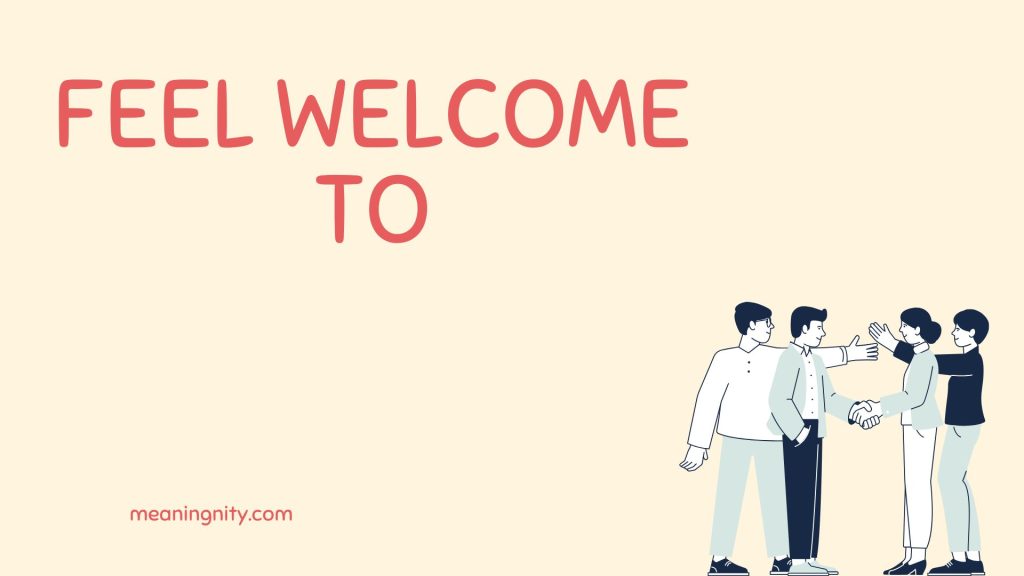
2. Feel welcome to
Meaning: A polite, inviting way to encourage action.
Example: “Feel welcome to reach out if you need clarification.”
Best Use: A friendly and approachable tone.
Worst Use: When you need to be more formal.
Tone: Friendly and inviting.
3. Please don’t hesitate to
Meaning: A polite and confident way to suggest action.
Example: “Please don’t hesitate to ask if you need assistance.”
Best Use: Offering help or guidance.
Worst Use: When no response is necessary.
Tone: Formal and polite.
4. Feel free to
Meaning: A more concise version of “please feel free.”
Example: “Feel free to get in touch anytime.”
Best Use: A casual invitation to act.
Worst Use: In very formal communications.
Tone: Direct and casual.
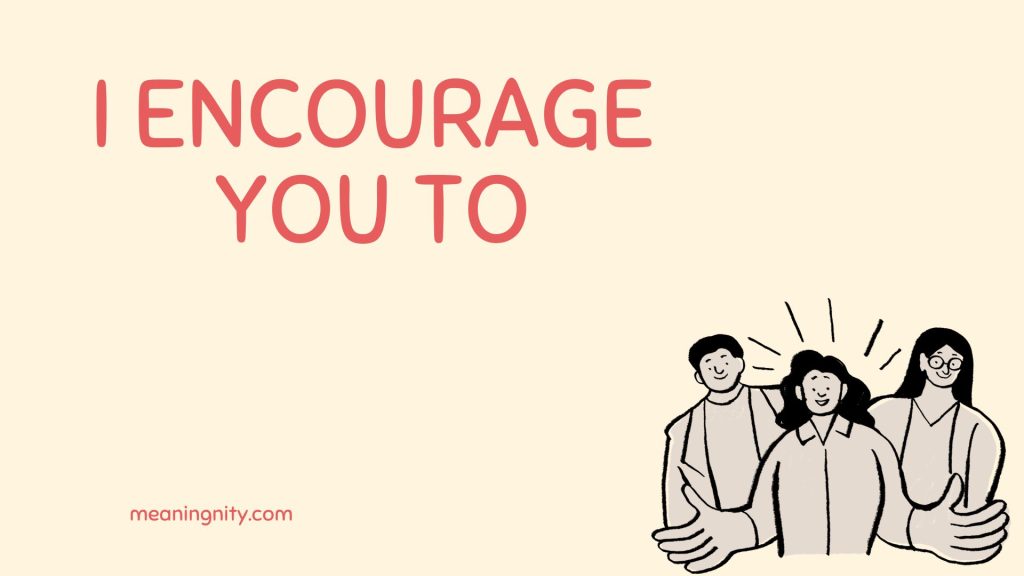
5. I encourage you to
Meaning: A way to motivate someone to act.
Example: “I encourage you to review the document before we meet.”
Best Use: When you want to suggest an action.
Worst Use: When the action is required immediately.
Tone: Encouraging, positive.
6. You are welcome to
Meaning: A formal way to give permission or an invitation.
Example: “You are welcome to email me with any questions.”
Best Use: Offering an option or invitation.
Worst Use: When you need to be more casual.
Tone: Polite, professional.
7. Please feel invited to
Meaning: A more formal way to offer an invitation.
Example: “Please feel invited to attend the meeting tomorrow.”
Best Use: In formal or business communications.
Worst Use: When the setting is casual.
Tone: Formal, respectful.
8. You’re more than welcome to
Meaning: A warm, inviting phrase.
Example: “You’re more than welcome to join the call.”
Best Use: When you want to sound friendly.
Worst Use: In formal settings.
Tone: Warm, friendly.
9. Please feel at ease to
Meaning: A soft invitation for someone to act.
Example: “Please feel at ease to ask questions during the session.”
Best Use: When offering reassurance.
Worst Use: In urgent situations.
Tone: Reassuring, calm.
10. I’d be happy to
Meaning: A positive, open offer.
Example: “I’d be happy to assist you with the report.”
Best Use: Offering help or support.
Worst Use: When help is not needed.
Tone: Friendly, polite.
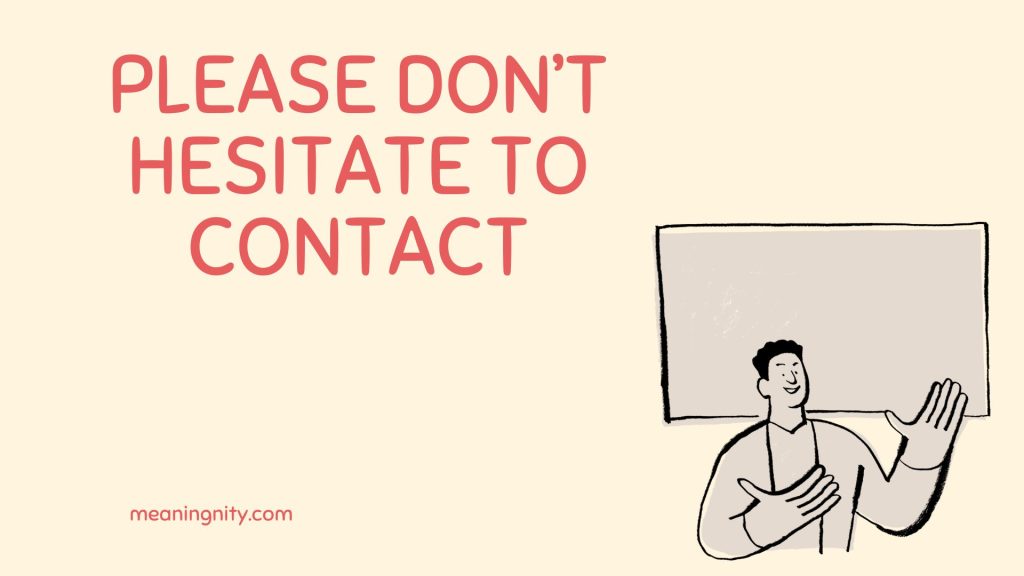
11. Please don’t hesitate to contact
Meaning: A polite, firm way to offer communication.
Example: “Please don’t hesitate to contact me if you need more information.”
Best Use: Offering a line of communication.
Worst Use: When casual language is needed.
Tone: Polite, professional.
Check This Out: 21 Ways to Say “Sorry I Missed Your Call” Professionally
12. I invite you to
Meaning: A more formal way to encourage action.
Example: “I invite you to provide feedback on the proposal.”
Best Use: Formal invitations.
Worst Use: In casual settings.
Tone: Formal, respectful.
13. Please feel empowered to
Meaning: Encourages someone to take action with confidence.
Example: “Please feel empowered to make decisions as needed.”
Best Use: Motivating someone to act independently.
Worst Use: When a more neutral tone is needed.
Tone: Motivational, confident.
14. You have my permission to
Meaning: A direct way to give someone authority.
Example: “You have my permission to proceed with the project.”
Best Use: When granting authority.
Worst Use: When you need to sound less authoritative.
Tone: Confident, direct.
15. It’s perfectly okay to
Meaning: A way to reassure someone that their actions are acceptable.
Example: “It’s perfectly okay to ask questions during the meeting.”
Best Use: Offering reassurance in a calm setting.
Worst Use: When immediate action is needed.
Tone: Reassuring, calm.
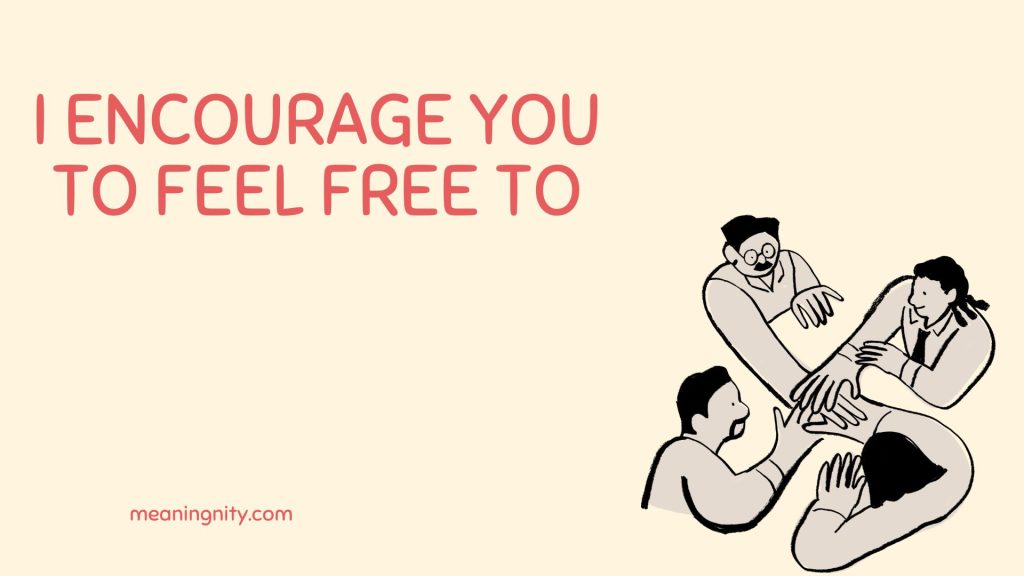
16. I encourage you to feel free to
Meaning: A combination of encouragement and permission.
Example: “I encourage you to feel free to reach out if you have concerns.”
Best Use: When you want to encourage someone to act.
Worst Use: When a more neutral tone is needed.
Tone: Positive, encouraging.
17. You’re invited to
Meaning: A polite, formal invitation.
Example: “You’re invited to submit your application by Friday.”
Best Use: Formal invitations.
Worst Use: Casual or informal settings.
Tone: Formal, polite.
18. I’m happy to assist with
Meaning: A polite way to offer help.
Example: “I’m happy to assist with your report questions.”
Best Use: Offering help.
Worst Use: When no help is needed.
Tone: Polite, helpful.
19. It would be a pleasure to
Meaning: A formal way to offer help or permission.
Example: “It would be a pleasure to assist with your inquiries.”
Best Use: Formal business communication.
Worst Use: Casual conversations.
Tone: Polite, formal.
20. Please feel confident in
Meaning: A reassuring phrase that encourages action.
Example: “Please feel confident in reaching out if you need assistance.”
Best Use: Offering reassurance.
Worst Use: When you need to be more direct.
Tone: Reassuring, supportive.
Simple and Polite Responses to “Please Feel Free”
Sometimes, you may be on the receiving end of “please feel free,” and it’s important to respond politely. Here are a few options:
- “Thank you, I will.”
- “I appreciate that.”
- “Thanks for the invitation.”
- “I’ll keep that in mind, thanks.”
Conclusion
“Please feel free” is a common phrase, but it can sound vague or overused. By using more specific alternatives, you can make your communication clearer and more professional. Whether you need a warm invitation or a more authoritative tone, these 20 alternatives can help you craft stronger messages. Next time, try one of these alternatives to make your communication stand out.
